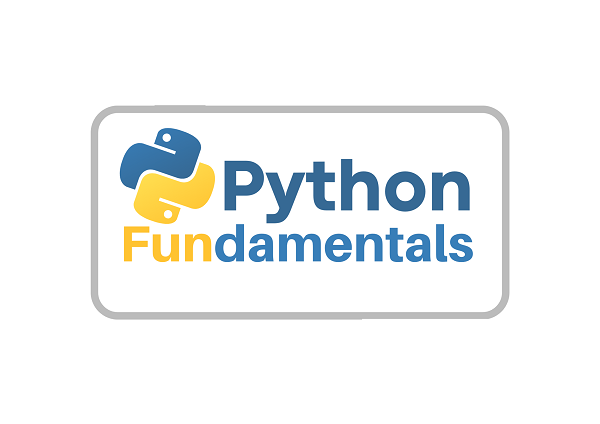Deep Learning vs. Transfer Learning: Key Differences and How to Leverage Pre-Trained Models
Are you struggling to decide between deep learning and transfer learning for your next project?
This blog explains the key differences between Deep Learning and Transfer Learning and the benefits of leveraging pre-trained models. It covers how to use pre-trained models in AI projects and their impact on performance, time-to-market, and data requirements. Get insights on the right use cases for Deep Learning and Transfer Learning, and learn how to choose the best approach for your specific needs.
In the world of Artificial Intelligence (AI), Deep Learning and Transfer Learning are two widely used
techniques. Both of these methods have their own strengths and weaknesses, and
they are often used together to achieve better results. In this article, we'll
discuss the key differences between Deep Learning and Transfer Learning, and
how to leverage pre-trained models to enhance your AI applications.
Deep Learning: A Brief
Overview
Deep Learning is a subfield of machine learning that uses
artificial neural networks to learn from large datasets. These neural networks
are inspired by the structure and function of the human brain, and they are
composed of many layers of interconnected neurons. Deep Learning algorithms can
be used for a wide range of tasks, including image and speech recognition,
natural language processing, and predictive analytics.
Transfer Learning: A
Brief Overview
Transfer Learning, on the
other hand, is a technique that allows you to leverage pre-trained models for
your own AI applications. With Transfer Learning, you don't need to start from
scratch and train your own models from scratch. Instead, you can use
pre-trained models that have already been trained on large datasets, and then
fine-tune them for your specific use case. Transfer Learning can save you a lot
of time and resources, and it can help you achieve better results with smaller
datasets.
Key Differences Between
Deep Learning and Transfer Learning
The main difference
between Deep Learning and Transfer Learning is the way in which they use data.
Deep Learning algorithms require large amounts of labeled data to train
accurate models, while Transfer Learning algorithms can leverage pre-trained
models that have already been trained on large datasets. Additionally, DeepLearning algorithms require a lot of computational resources and training time,
while Transfer Learning can be done with less computational power and in less
time.
Another key difference is
the way in which the models are trained. Deep Learning models are trained from
scratch, using large amounts of labeled data. Transfer Learning models, on the
other hand, are based on pre-trained models that have already been trained on
large datasets. The pre-trained models are then fine-tuned for a specific use
case, using a smaller dataset.
Here are the key
differences between Deep Learning and Transfer Learning in tabular form:
|
Features |
Deep Learning |
Transfer Learning |
|
Training data |
Requires a large amount
of labeled data for training |
Can utilize pre-trained
models and transfer knowledge to new tasks |
|
Training time |
Can be time-consuming
due to the need for large amounts of data and complex models |
Faster compared to Deep
Learning as it leverages pre-trained models and fine-tuning techniques |
|
Model architecture |
Model architecture is
designed from scratch to fit a specific task |
Pre-trained models can
be utilized and fine-tuned for a specific task |
|
Generalization |
Good at generalizing to
new tasks that are similar to the trained task |
Transfer Learning can
generalize to different tasks as it can transfer knowledge and features from
one task to another |
|
Performance |
Deep Learning can
achieve better performance with sufficient training data and resources |
Transfer Learning can
also achieve high performance with smaller training datasets and fewer
resources |
|
Domain-specific
applications |
Deep Learning is more
suited for specific domains where large amounts of data are available for
training, such as computer vision and natural language processing |
Transfer Learning is
suitable for a wide range of applications, including image and speech recognition,
language translation, and recommendation systems |
These are the key
differences between Deep Learning and Transfer Learning, and understanding
these differences can help in choosing the appropriate approach for a given
problem.
How to Leverage
Pre-Trained Models for Your AI Applications
Leveraging pre-trained
models can save you a lot of time and resources, and it can help you achieve
better results with smaller datasets. Here are some steps to follow when using
pre-trained models for your AI applications:
Choose the Right
Pre-Trained Model: There are many
pre-trained models available for different tasks, such as image recognition,
speech recognition, and natural language processing. Choose the model that is
best suited for your use case.
Fine-Tune the Model: Once you have chosen the pre-trained model, you can
fine-tune it for your specific use case. This involves training the model on
your own dataset, and adjusting the parameters to optimize performance.
Evaluate the Model: Once the model has been fine-tuned, it's important to
evaluate its performance. This involves testing the model on a validation
dataset, and measuring its accuracy and other performance metrics.
Deploy the Model: Once the model has been fine-tuned and evaluated,
it's ready to be deployed in your AI application. This involves integrating the
model into your application, and testing it in a real-world setting.
Conclusion
In conclusion, Deep
Learning and Transfer Learning are two powerful techniques that can be used to
build advanced AI applications. While Deep Learning requires large amounts of
labeled data and computational resources, Transfer Learning allows you to
leverage pre-trained models and fine-tune them for your specific use case. By
following the steps outlined above, you can leverage pre-trained models to
enhance your AI applications and achieve better results with less time and
resources.




Comments
Post a Comment